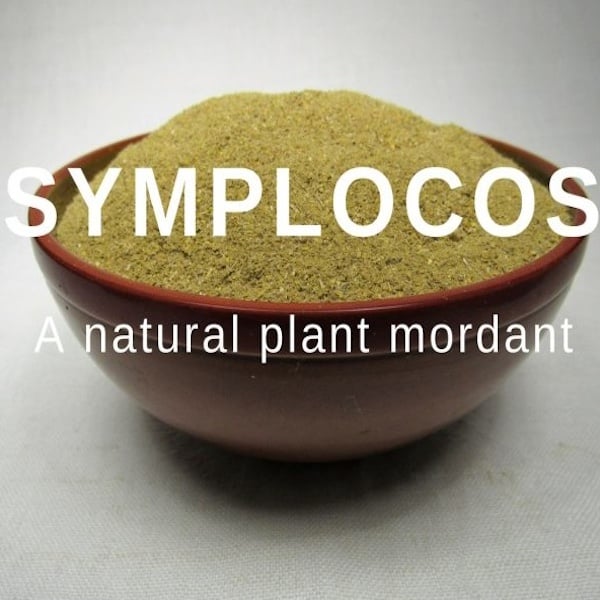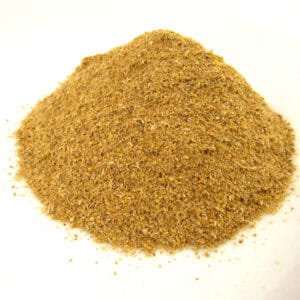
The plant world contains species that draw alum from the soil and store them in their tissue – they’re referred to as alum accumulators or hyper accumulators. There’s a plant species called symplocos that is an alum accumulator and contains enough alum to be used as a plant-based mordant. We carry symplocos and are happy to have a new shipment arriving this week, so it’s a good time to review this mordant alternative with a great backstory.
The Story of Symplocos
In 2005 and 2006, The Bebali Foundation (a partner enterprise to Threads of Life that focuses on sustainable economic development and natural dye processes) held two workshops of natural dye traditional weavers throughout Indonesia. One of the key issues that came up was that the traditional mordant ingredient, leaves and bark from a tree called “loba” was increasingly scarce. Without it, the weavers could not obtain the traditional red from Morinda citrifolia, a very important color in their palette. Sellers of loba were quite secretive about their sources, so the weavers did not know what the plant looked like or where it grew. According to the Bebali Foundation website: ” The weavers all knew that their red dyes depended on this plant and that their incomes depended on making dependable red dyes. They gave the Bebali Foundation a mandate to identify the plant, find out where it was from, and rebuild a sustainable supply.”
The Bebali Foundation received support from the Ford Foundation, People and Plants, and the Royal Botanic Gardens at Kew to identify loba, to determine where it was grown, and if it could be harvested sustainably. The initial research identified the plant, called symplocos, and also found degraded stands of the tree and that current harvest practices were endangering the dwindling supply. With further research, they were able to locate a large stand of symplocos in a protected national forest. The “aha” moment that really changed things was the discovery that the yellowed, fallen leaves contained more alum than green leaves, the tree bark or the tree roots. Thus, the fallen leaves could be sustainably harvested and processed into a powder to be used for traditional dyeing. No trees needed to be stripped of their bark or chopped down to collect the most concentrated forms of alum.

Image courtesy of Bebali Foundation
With this knowledge, Bebali Foundation worked with regional cooperatives to establish Loba Na’a Ana women’s collectors group to collect the fallen leaves under government permit. Another incentive that symplocos leaf harvest provided was that the traditional villages were able to create community laws to protect symplocos trees as a regenerative mordant source and an economic benefit. The rainforest is under tremendous pressure from lumber and mineral extraction and other activities that degrade the landscape. Communities see the value of holding and protecting their symplocos stands as the mordant is used among the traditional dyers throughout the islands, and quality and quantity are a cooperative effort among the Indonesian government, the Bebali Foundation and the symplocos leaf collectors and processors.
We’re very pleased to be able to offer symplocos as an alternative mordant, and to support the Bebali Foundation, the Plant Mordant Project, and rural livelihoods and communities in Indonesia.




